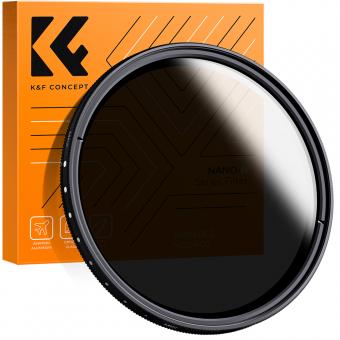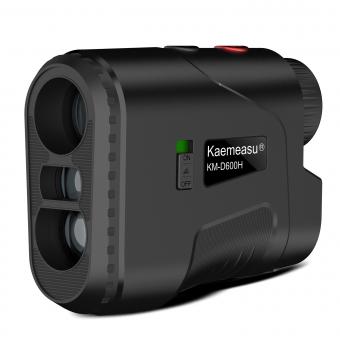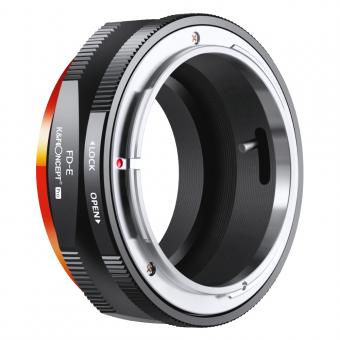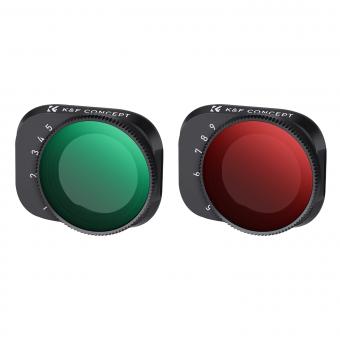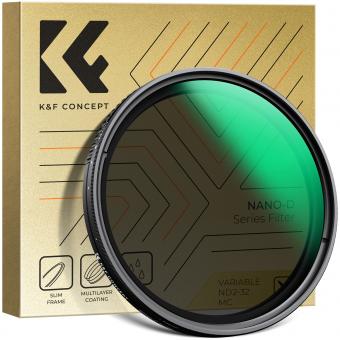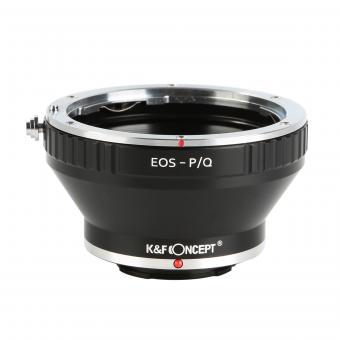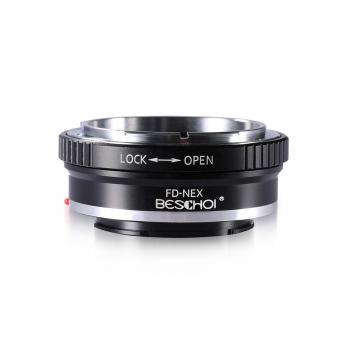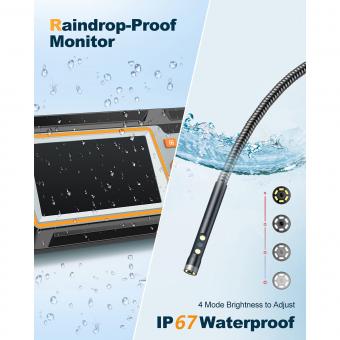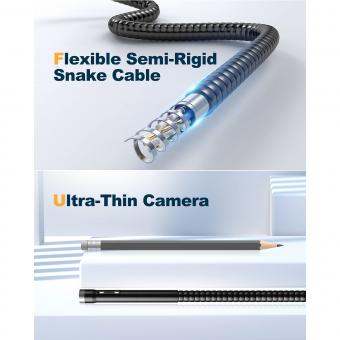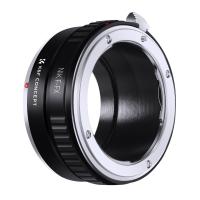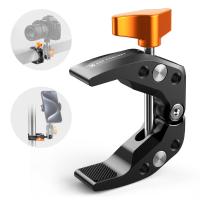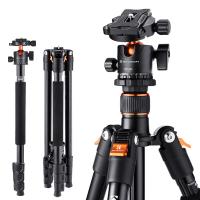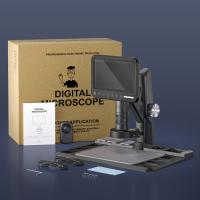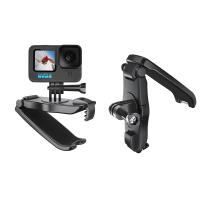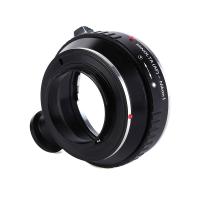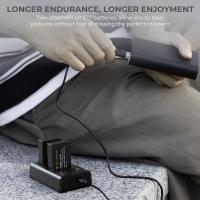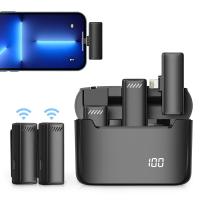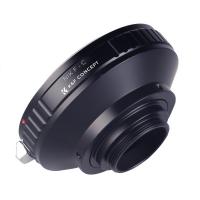What Is Functional Endoscopic Sinus Surgery ?
Functional endoscopic sinus surgery (FESS) is a surgical procedure used to treat chronic sinusitis and other sinus-related conditions. It involves the use of an endoscope, which is a thin, flexible tube with a camera and light attached to it, to visualize the inside of the sinuses. The surgeon then uses specialized instruments to remove any blockages or diseased tissue that may be causing the sinus problems. FESS is a minimally invasive procedure that is performed under general anesthesia and typically takes about 1-2 hours to complete. It is considered a safe and effective treatment option for patients who have not responded to other forms of medical therapy. Recovery time varies depending on the extent of the surgery, but most patients can return to normal activities within a week or two.
1、 Sinus anatomy and physiology
Functional endoscopic sinus surgery (FESS) is a minimally invasive surgical procedure that is used to treat chronic sinusitis and other sinus-related conditions. The procedure involves the use of an endoscope, which is a thin, flexible tube with a camera and light attached to it. The endoscope is inserted into the nasal cavity, allowing the surgeon to see and access the sinuses.
During FESS, the surgeon uses specialized instruments to remove any blockages or obstructions in the sinuses, such as polyps or inflamed tissue. The goal of the surgery is to improve the drainage of the sinuses and restore normal function.
Sinus anatomy and physiology play a crucial role in the success of FESS. The sinuses are air-filled spaces located within the bones of the face and skull. They are lined with a thin layer of mucus-producing cells, which help to trap and remove bacteria, viruses, and other particles from the air we breathe.
When the sinuses become inflamed or infected, they can become blocked, leading to a buildup of mucus and pressure. This can cause symptoms such as facial pain, headaches, congestion, and difficulty breathing.
FESS has been shown to be an effective treatment for chronic sinusitis and other sinus-related conditions. It is less invasive than traditional sinus surgery and has a shorter recovery time. However, it is important to note that FESS is not appropriate for everyone and should only be performed by a qualified and experienced surgeon.
Recent advances in FESS technology have led to improved outcomes and reduced complications. For example, the use of computer-guided navigation systems can help surgeons to more accurately target and remove diseased tissue, while minimizing damage to healthy tissue.

2、 Indications for functional endoscopic sinus surgery
What is functional endoscopic sinus surgery?
Functional endoscopic sinus surgery (FESS) is a minimally invasive surgical procedure that is used to treat chronic sinusitis and other sinus-related conditions. The procedure involves the use of an endoscope, which is a thin, flexible tube with a camera and light attached to it. The endoscope is inserted into the nasal cavity, allowing the surgeon to see and access the sinuses without making any external incisions.
During FESS, the surgeon uses specialized instruments to remove any blockages or obstructions in the sinuses, such as polyps or inflamed tissue. The goal of the surgery is to improve the drainage of the sinuses and restore normal function, which can help to alleviate symptoms such as congestion, facial pain, and headaches.
Indications for functional endoscopic sinus surgery:
FESS is typically recommended for patients who have chronic sinusitis that has not responded to other treatments, such as antibiotics, nasal sprays, or allergy medications. Other indications for FESS may include:
- Nasal polyps
- Deviated septum
- Sinus tumors
- Recurrent sinus infections
- Cystic fibrosis
Recent studies have also suggested that FESS may be an effective treatment option for patients with certain types of headaches, such as migraines and cluster headaches, that are associated with sinus inflammation.
Overall, FESS is a safe and effective procedure that can provide long-term relief for patients with chronic sinusitis and other sinus-related conditions. However, as with any surgical procedure, there are risks and potential complications that should be discussed with a qualified healthcare provider.
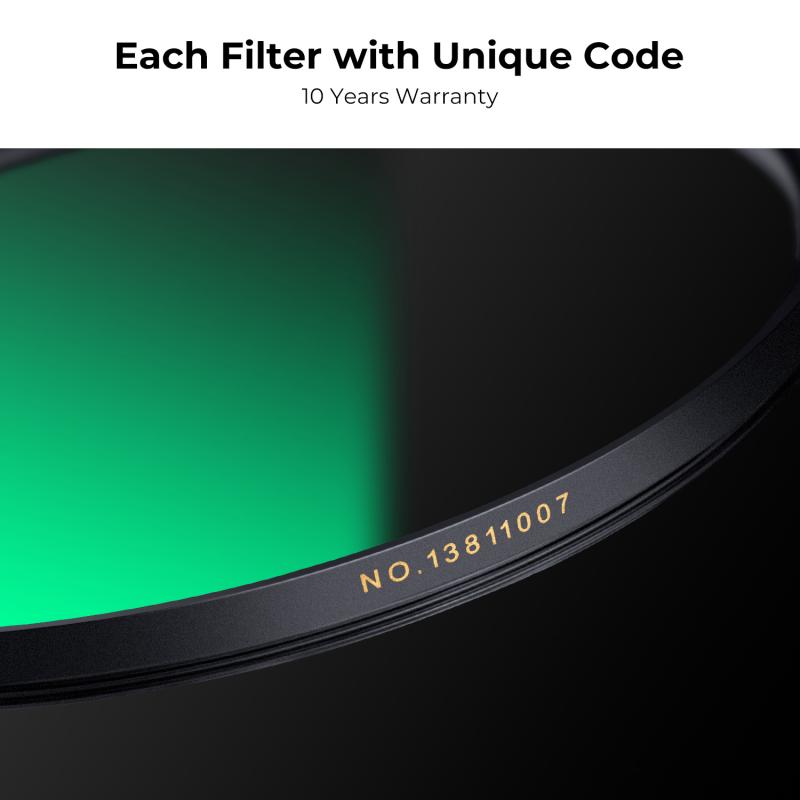
3、 Surgical techniques for functional endoscopic sinus surgery
Functional endoscopic sinus surgery (FESS) is a minimally invasive surgical technique used to treat chronic sinusitis and other sinus-related conditions. The procedure involves the use of an endoscope, a thin, flexible tube with a camera and light attached to it, which is inserted through the nostrils to provide a clear view of the sinuses. The surgeon then uses specialized instruments to remove any blockages or diseased tissue, allowing for improved drainage and ventilation of the sinuses.
FESS has become the preferred surgical technique for treating chronic sinusitis because it is less invasive than traditional open surgery, resulting in less pain, scarring, and a faster recovery time. Additionally, FESS has a high success rate, with most patients experiencing significant improvement in their symptoms.
Recent advancements in FESS techniques have further improved outcomes for patients. For example, image-guided surgery uses real-time imaging to provide the surgeon with a more precise view of the sinuses, allowing for more accurate removal of diseased tissue. Balloon sinuplasty is another minimally invasive technique that uses a small balloon to gently widen the sinus openings, reducing the need for tissue removal.
Overall, FESS is a safe and effective surgical technique for treating chronic sinusitis and other sinus-related conditions. With continued advancements in technology and techniques, FESS is likely to remain the preferred surgical option for sinus surgery.
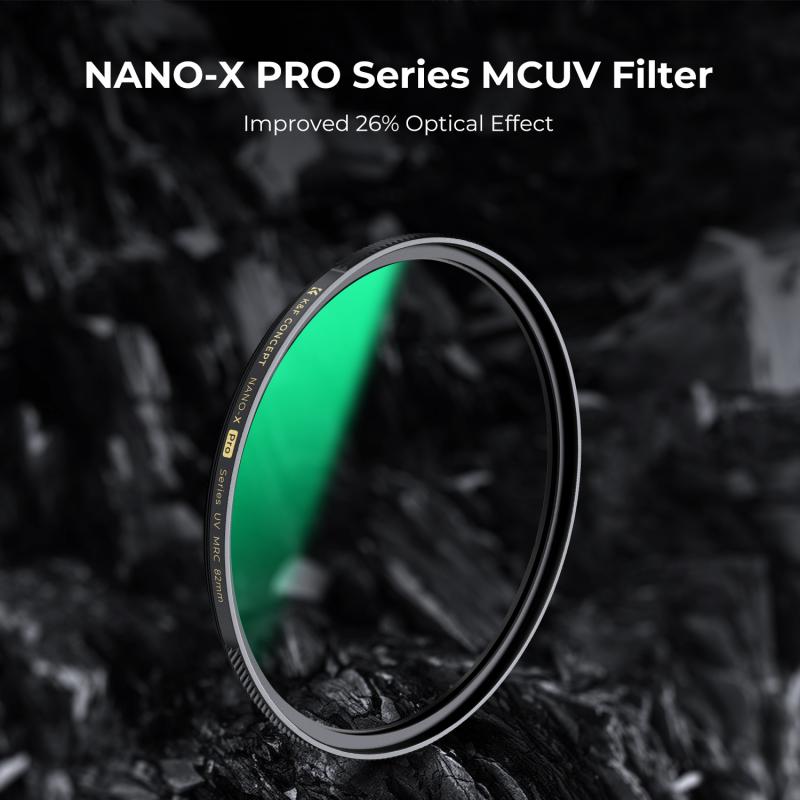
4、 Complications of functional endoscopic sinus surgery
What is functional endoscopic sinus surgery?
Functional endoscopic sinus surgery (FESS) is a minimally invasive surgical procedure that is used to treat chronic sinusitis and other sinus-related conditions. The procedure involves the use of an endoscope, which is a thin, flexible tube with a camera and light attached to it. The endoscope is inserted into the nasal cavity, allowing the surgeon to see and access the sinuses without making any external incisions.
During the procedure, the surgeon will remove any blockages or obstructions in the sinuses, such as polyps or inflamed tissue. This helps to improve the drainage of the sinuses and reduce inflammation, which can alleviate symptoms such as congestion, facial pain, and headaches.
Complications of functional endoscopic sinus surgery:
Like any surgical procedure, FESS carries some risks and potential complications. Some of the most common complications include bleeding, infection, and damage to surrounding structures such as the eyes or brain. However, these complications are relatively rare and can usually be managed with proper care and follow-up.
One of the more recent concerns regarding FESS is the potential for a condition called empty nose syndrome (ENS). ENS is a rare condition that can occur when too much tissue is removed from the nasal cavity during FESS, resulting in a sensation of constant nasal obstruction and difficulty breathing. While the incidence of ENS is low, it is a serious condition that can significantly impact a patient's quality of life.
To minimize the risk of complications, it is important to choose a skilled and experienced surgeon who specializes in FESS. Patients should also carefully follow all pre- and post-operative instructions, including any medication regimens or activity restrictions. With proper care and attention, FESS can be a safe and effective treatment option for chronic sinusitis and other sinus-related conditions.


